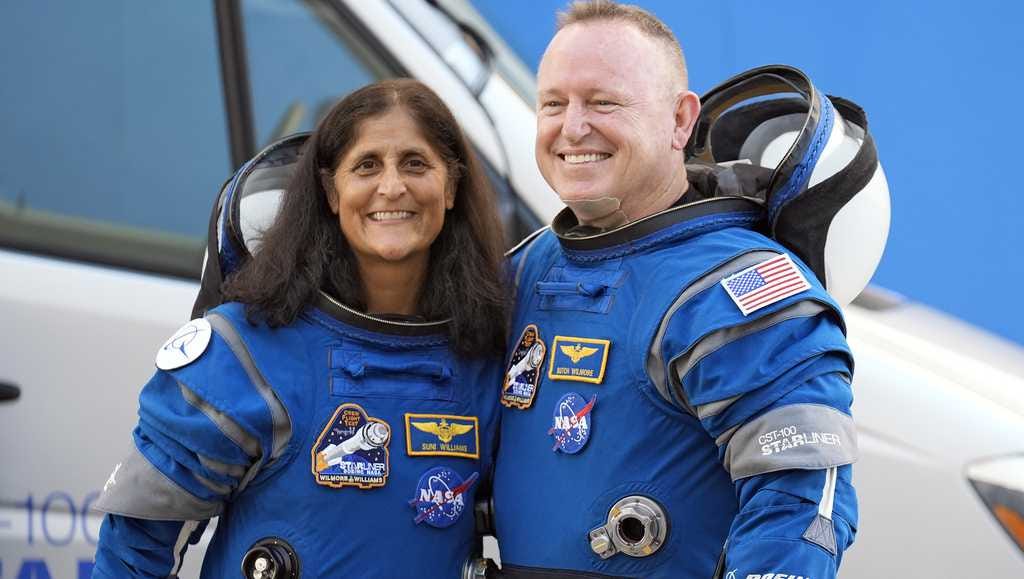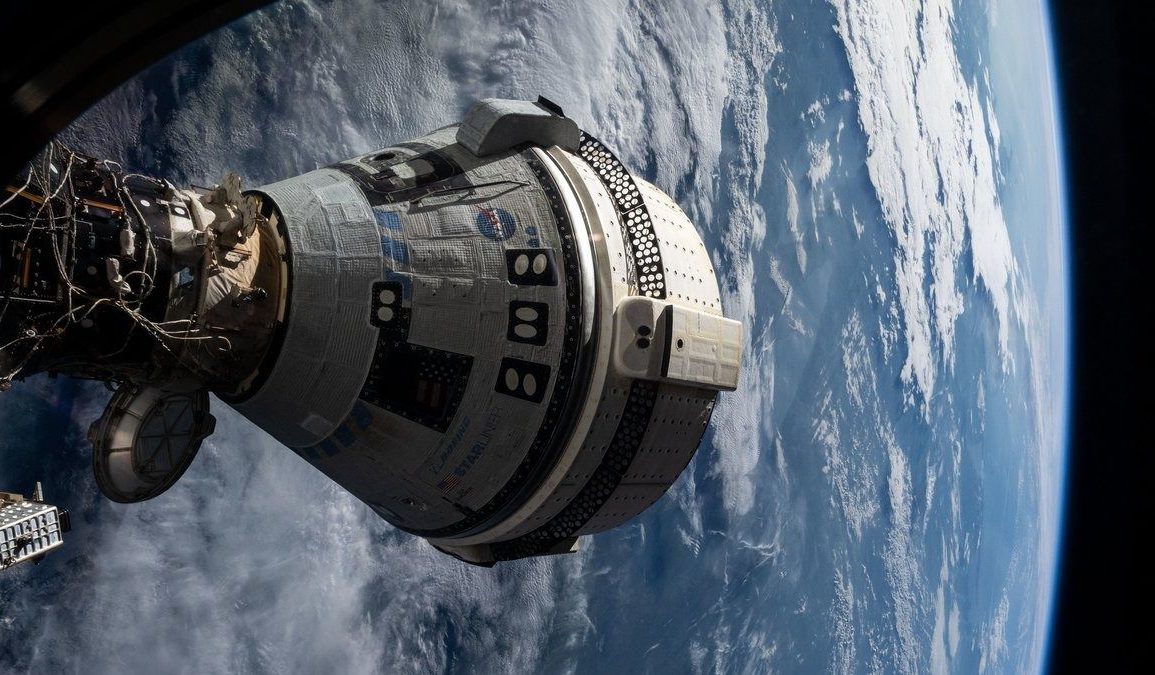NASA is grappling with a critical decision regarding the return of two astronauts from the International Space Station (ISS) after facing multiple delays with Boeing’s Starliner capsule. The astronauts, Butch Wilmore and Suni Williams, have been stationed on the ISS since early June, with their originally brief mission now extending into what could be an eight-month stay.
The agency must decide whether to risk sending them back soon aboard Starliner or delay their return until next year with SpaceX’s Dragon capsule.
Boeing’s Starliner has encountered significant issues since its debut crewed mission. Before the astronauts’ launch on June 5, the capsule experienced a helium leak in its propulsion system, which was initially deemed manageable.
However, during its approach to the ISS, additional leaks and thruster malfunctions occurred. Although the capsule successfully docked, engineers are still investigating the root cause of these issues, with concerns about the reliability of its thrusters, crucial for safe re-entry.

NASA maintains that Wilmore and Williams are not stranded but acknowledges that they are in a challenging situation. The astronauts can use Starliner as a lifeboat in emergencies, ensuring their safety aboard the ISS.
If NASA opts for a SpaceX return, they would first need to clear the Starliner’s docking port and modify the current SpaceX Dragon capsule to accommodate the astronauts, potentially extending their stay until February due to mission duration constraints.
NASA’s decision to possibly delay the astronauts’ return hinges on the availability of seats on SpaceX’s Dragon. With only four seats available and other crew members scheduled to launch next month, NASA would need to adjust crew rotations and extend Wilmore and Williams’ stay.
This scenario reflects past instances where astronauts’ missions were extended due to unforeseen circumstances, such as in the case of NASA astronaut Frank Rubio.
Wilmore and Williams, both experienced astronauts, have remained focused and optimistic despite the extended mission. They have been actively involved in station operations and research while expressing confidence in the ongoing Starliner tests. However, there has been no public comment from them on their extended stay or the situation’s impact.
NASA’s continued use of Boeing’s Starliner despite these setbacks is part of a broader strategy to ensure redundancy in crew transport services. The space agency views having both Boeing and SpaceX as critical for safety and cost-efficiency.
Boeing is committed to resolving the Starliner’s issues and has faced significant financial losses due to the delays. Despite ongoing problems, Boeing asserts confidence in the capsule’s capabilities and remains dedicated to addressing the technical challenges to restore trust in its aerospace operations.

